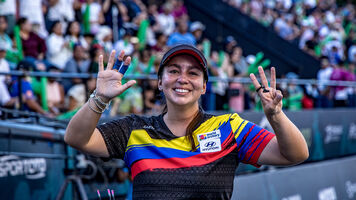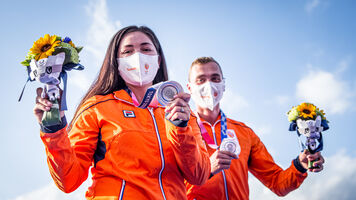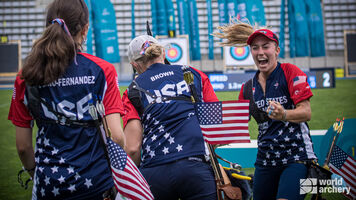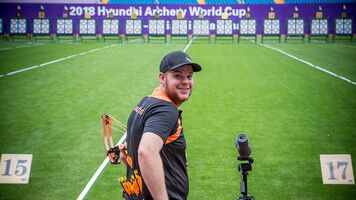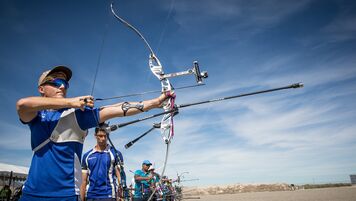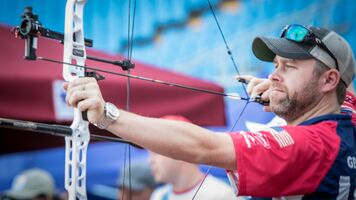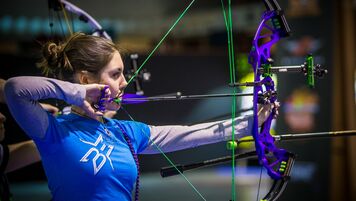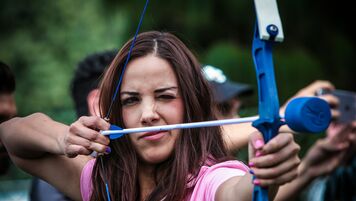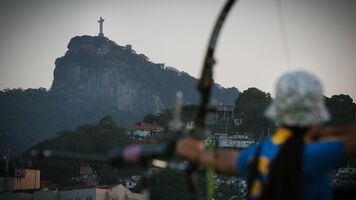5 recurve archery techniques you should study
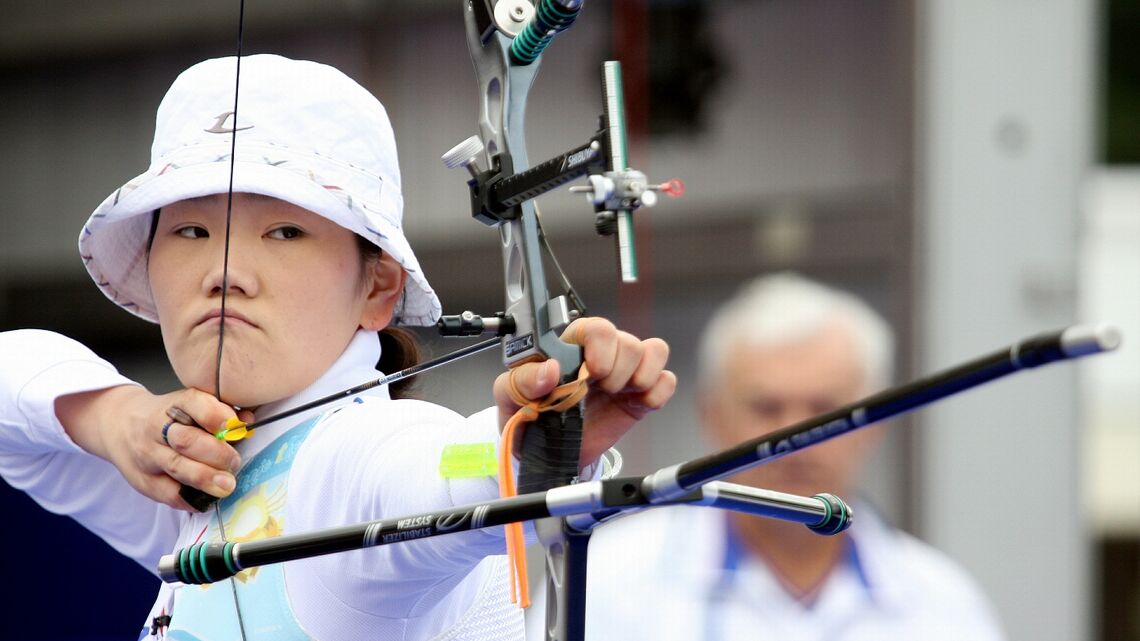
Technique… shooting style… rhythm.
Whatever you want to call it, the way a recurve archer lets the arrow go is, often, more important to archery fans than where it hit. It’s the pursuit of perfection – not just in score but within ourselves. It’s an almost unattainable goal (for long, at least) but that doesn’t stop us from trying.
Really, it’s why archery is so addictive.
And that’s one of the reasons that archers love looking at great technique, even just intriguing technique. The nuances and differences can be so small – but studying them is fascinating and can lead to serious gains on the archery range.
With an abundance of videos available, for free, on the internet, we’ve never been in a better time to watch and learn from the best in the sport, trying to pick up on those niche details that make the world’s very best perform so well on the stage, while the rest of us tinker and train and try to get good enough to join them.
It is, of course, completely subjective, what about a technique that we consider ‘great’ or ‘intriguing’.
So here are the five recurve archers in the modern Olympic era that I think had shooting styles worth analysing – and why.
1. Park Sung-Hyun
The first woman to ever break 1400 points on the 1440 Round had the scores to back up her style. Park Sung-Hyun’s technique was so clean, so theoretically perfect, that it almost defies belief. She raises the bow, sets her front shoulder, pulls straight back and releases cleanly, quickly and timing-wise, consistently.
Some coaches are proponents of the straight-line theory. This basically outlines that the arrow should point directly towards the target at all times and, when drawing back the string, that’s not easy to do without introducing tension into the wrist. (Not always a good thing.) The idea is that all the forces are always and perfectly in line. Park Sung-Hyun pulled off this approach to perfection.
In a way, her shot execution doesn’t start as late as most. Her execution starts from the moment she begins drawing the bow because the stop at full draw, hand underneath the chin, is merely a quick check on the way to release, rather than a distinct phase of aim.
If there’s only one recurve technique you spend time looking at, it should be hers.
See also: Natalia Valeeva, Kim Soo-Nyung.
2. Brady Ellison
Also an historically great archer, Brady’s second on this list because his approach directly contradicts that of Park. He pulls sideways, twisting and using the muscles in his back to set up a physiologically ideal full-draw position. From there, as he explains in his episode of #ShootLikeMe, he holds his breath until his shot executes.
It seems a little odd – and it’s probably more of a subconscious shoot-on-demand than pressure in his lungs that expands the last millimetre through the clicker.
But it does highlight just how important the moment of execution is. Everything leading up until that point is merely a basis for the fingers to leave the string, a platform to launch a highly-accurate projectile downrange.
3. Ki Bo Bae
The London 2012 Olympic Champion has an interesting technique because it’s extreme. Most of the world’s best archers balance between pulling with their drawhand and pushing with their bowhand to execute a shot – but, though it’s difficult to see at full speed, Ki Bo Bae does it with a big push.
(It’s why her bow swings so dramatically afterwards – because she’s got a slightly bent arm and she’s putting so much force forwards.)
The concept of pushing to execute the shot is critical. Pulling the drawhand is moving a key point of aim, potentially left and right (or up and down), and may move the impact point of the arrow in the target. Pushing the bowhand is in the only safe direction – towards the target… and the single point of aim you already have.
See also: Kang Chae Young, An San.
4. Thumbers
An old Eastern European/Russian school of thought sees archers put their thumb behind their neck at full draw. Two of the most famous in the 2000s to use the technique are 2003 World Archery Champion Michele Frangilli and 2008 Olympic Champion Viktor Ruban. Though these two, and others, have been very successful with it, it’s not a common sight on the shooting line anymore.
Why did they do it? For an extra reference point, for sure, making that drawhand a more solid aiming base at the back end of the arrow. And probably as a way to lock their back tension, too.
Why is it interesting? Because it confirms once again that the most important moment is that of execution. Like Brady, whatever happens prior to full draw is merely a set-up (see Frangilli’s eccentric movements) and, like Ki Bo Bae, a strong push towards the target at the moment of release is very useful for accuracy.
And with the thumb locked behind the neck, it’s very difficult to lose back tension and deliver a weak arrow.
See also: Ksenia Perova (similar approach, without the thumb).
5. Mete Gazoz
You don’t win the Olympic Games with poor technique.
It’s been a pleasure to watch Mete Gazoz shoot since he first stepped on the international circuit. His appearance has changed – he’s gotten taller, too – but his shooting style has maintained the same explosive but balanced approach throughout.
Long arms have to be an asset for an archer. A longer arrow means a thicker spine, which means a little less wind drift. Or that’s one theory, anyway.
But long arms also have to be controlled. And though Mete’s lanky frame sees a huge amount of travel out of his upper limbs on release, in stark contrast to the more movement-conservative style of, say, the three-time World Archery Champion he’s shooting against in the video above, it’s done in a way that the hands almost drop out of the path or platform of the arrow.
He’s capable of big scores with such freedom of movement – because he has excellent stance. He’s completely upright, front shoulder set well, head high and still, centred.
There are many schools of thought for proper recurve archery technique with both advocates and detractors for each. Arguably, each of the five examples on this page each belongs to a different school. And Mete’s is perhaps the most accessible – even if the moment of execution is critical, starting a shot from a solid, balanced, centred base is, more often than not, going to lead to results.






